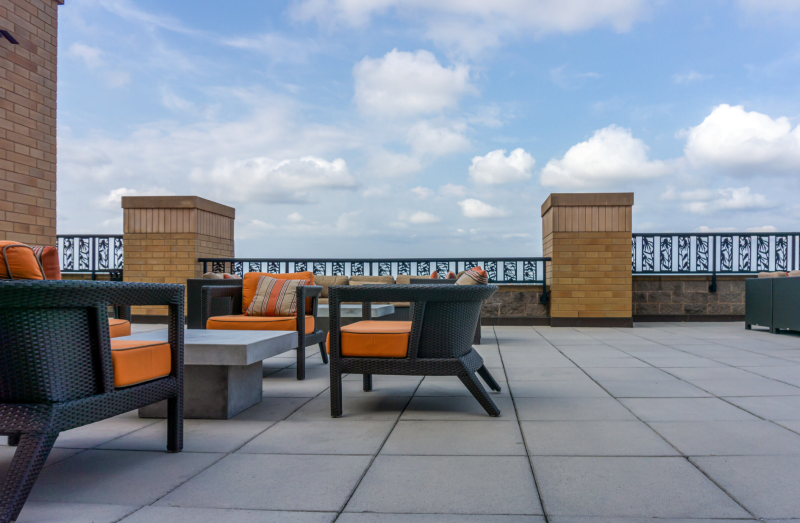One of the greatest benefits of living in a condominium is the low maintenance lifestyle. No need to worry about such tasks as mowing the lawn, weeding the garden or power-washing the driveway. But this doesn’t mean you can ignore the common elements of your building altogether.
What are common elements?
Common elements are the shared spaces in and around your condominium building that are owned collectively by all owners in the building. Essentially, it’s all the areas outside of your unit and could include:
• Laundry rooms
• Hallways
• Lobbies
• Garages
• Roofs
• Gardens
• Walkways and steps to building entrances
• Utility systems (e.g., heating, cooling, electrical, security)
• Fitness rooms and pools
• Elevators
In addition to these regular common elements, there are “exclusive-use” common elements. These may include spaces such as patios, balconies or parking spaces. These areas are common elements to which only the owners whose units are adjacent to them have access.
If you are unsure where your unit’s boundaries end and common elements begin, refer to your Disclosure Statement or your registered Declaration and Description.
Understanding condominium fees
Each owner in your building is responsible for paying a percentage of the costs associated with maintaining and repairing the common elements. These monthly condominium fees are usually based on the square footage of your unit. They are also separate and in addition to your mortgage payments and property taxes and will need to be considered carefully to understand your total monthly housing costs.
Monthly condo fees cover the costs associated with regular maintenance of the common elements, such as landscaping, garbage collection and recycling, exterior window cleaning, snow removal, common-area carpet cleaning and utility fees.
Condo fees also cover the costs of repairs and replacements of the common elements. A portion of your monthly condo fee will go toward your building’s reserve fund that will help pay for any unexpected costs. However, in extreme cases, additional monies – often referred to as “special assessments” – will need to be collected from owners.
To understand what your condo fees cover and the amount you pay each month, be sure to review the Disclosure Statement.
Warranty coverage and making a claim
Both the units and the common elements in a new condo project come with warranty coverage under the Ontario New Home Warranties Plan Act. Unit owners can make warranty claims to Tarion relating to their units after they take occupancy.
Warranty coverage for the common elements does not begin until the condominium project is registered, and only the condominium corporation can make warranty claims relating to them. Therefore, you should report any common element issues to your board of directors so they can get them resolved.
You might be wondering what to do during the interim occupancy period, when the warranty isn’t in effect and the condominium corporation has yet to be created. Even without an active common elements warranty, your building should still be safe for you to live in. So, if you have a concern about the common elements that you think requires repair, report it to the property manager, who can contact the builder.
Shared spaces such as common elements can be tricky to navigate for new condominium owners, especially if condo living is new to you. If you have questions or need more information, contact Tarion.
